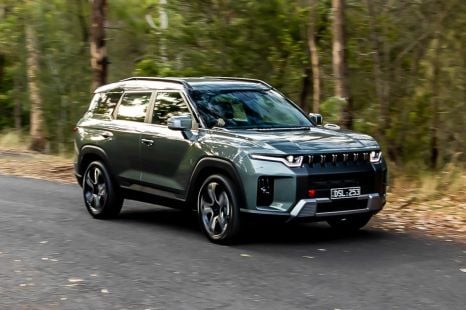

Matt Campbell
2026 KGM Torres Hybrid review
4 Hours Ago
Cars have been turning their front wheels since day one. But a few can swivel their rear wheels too. Why, and what are the benefits?

Contributor


Contributor
To make any practical sense, cars need to be able to handle curves and corners.
Since being invented, every car has facilitated this by swivelling the front wheels to allow them to tackle turns. A more recent development, however, has been the introduction of cars that can also swivel their rear wheels through a limited range of degrees.
These are commonly known as four-wheel steering (4WS) or rear-wheel steering systems. At a high level, carmakers claim that versions of these systems available today allow the vehicle to have a shorter turning circle at low speeds, providing practical benefits in navigating tight roundabouts or carparks.
When the car is travelling faster, however, the system provides increased stability, optimising the car’s dynamic performance. Let’s have a closer look at how these systems have evolved and their benefits.
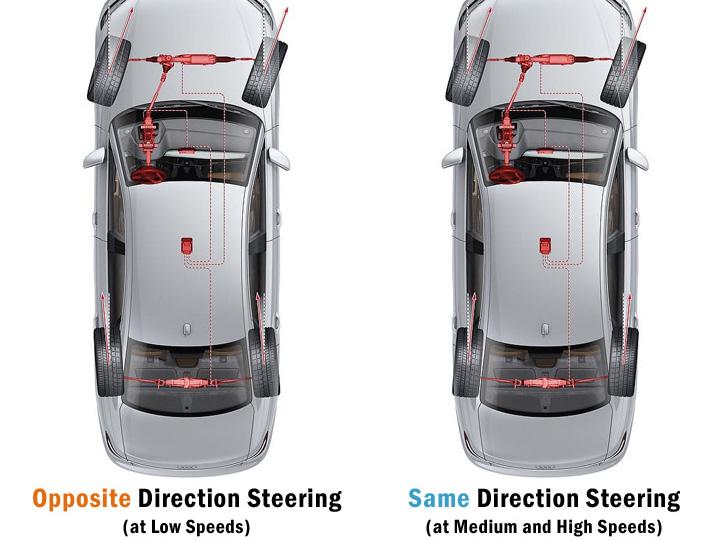
Whilst the fundamental concept of rear-wheel steering has been around for decades, the technology started to gain momentum during the late 1970s, with models such as the Porsche 928 grand tourer that featured a Weissach axle.
This deflected the rear suspension’s bushings as the car was slowing down to ‘toe-in’ the rear wheels (i.e. angle them slightly inwards), thereby adding stability and reducing oversteer.
Japanese brands subsequently took the baton from Porsche during the 1980s and 1990s, developing far more sophisticated systems that were able to offer greater advantages.
Nissan was first off the mark with its R31 generation Skyline, which when sold from 1985 offered a system called HICAS – High Capacity Actively Controlled Suspension.
Although having the same objective as Porsche’s mechanical system, namely to improve stability by reducing oversteer and understeer, Nissan’s system made use of computer controlled hydraulic pistons to compress subframe bushings.
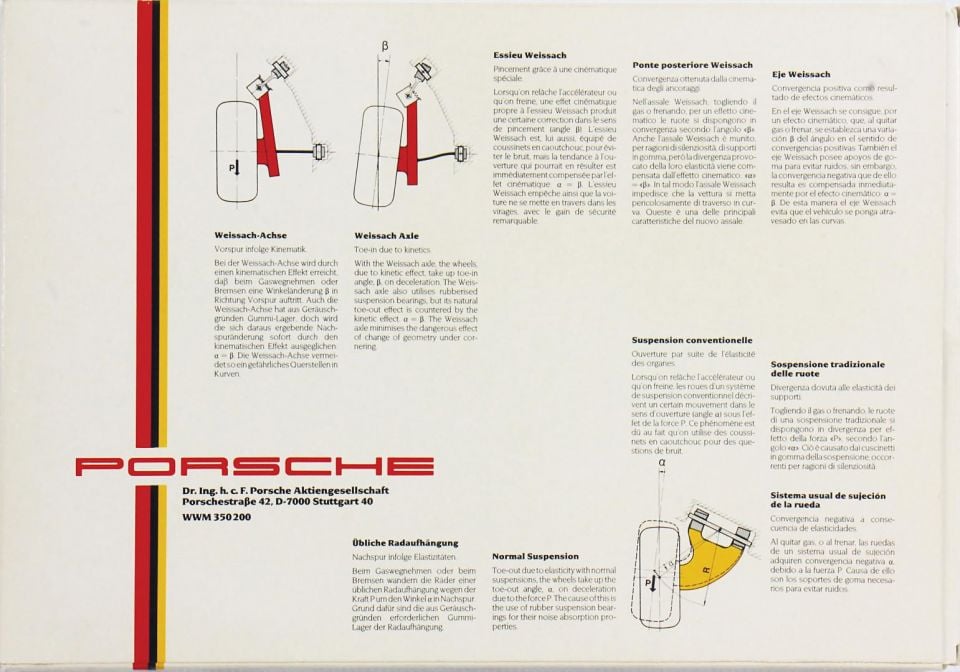
This meant the car could toe the rear wheels in or out by up to 0.5 degrees to optimise stability at high speeds, independent of whether the car was slowing down or its cornering load, unlike the Porsche system.
Honda released a competing system in 1987 on its Prelude coupé, which differed by connecting the steering rack to the rear suspension’s tie-rods, such that the number of degrees that the rear wheels turned was based on the steering angle.
If the driver turned the steering wheel slightly (as would be expected during sweeping corners), the rear wheels would turn up to 1.5 degrees in the same direction as the front wheels, improving stability.
At larger steering angles (as would be expected when traversing a roundabout or tight corner), the rear wheels could rotate at up to 5.3 degrees in the opposite direction, with Honda claiming this reduced the turning circle by approximately 10 per cent.
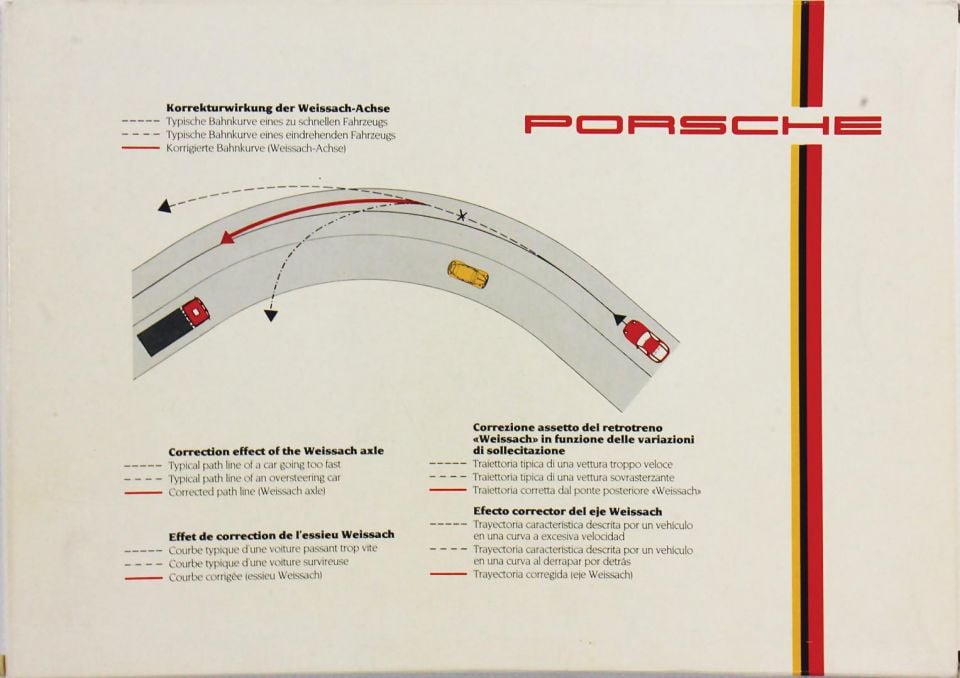
Mazda, Mitsubishi, and Toyota followed with similar systems that were electronically controlled on models such as the MX-6, sixth generation Galant VR-4 and certain Celica models respectively. Honda and Nissan also joined in with second-generation, even more advanced computer controlled versions of the 4WS concept.
The 1980s and early 90s were the peak of the Japanese economic boom, and correspondingly the height of ambition for the Japanese automotive industry, with a period of stagnation following afterwards.
In line with this, customers became increasingly concerned that the cost, complexity and perceived potential reliability issues of these systems outweighed any tangible performance benefits. By the early 2000s, most Japanese OEMs had phased four-wheel steering systems out of their line-ups, in line with a more conservative focus on solid, reliable, affordable products.
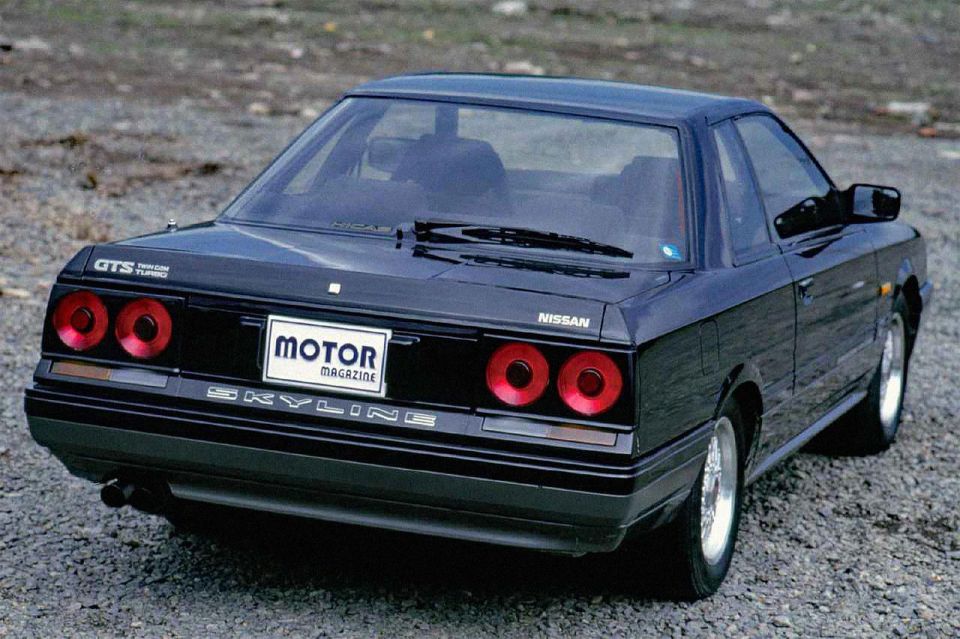
The dynamic and performance benefits of rear-wheel steering systems have never been in dispute, and most recently, several European brands, such as Mercedes-Benz and BMW (including Rolls-Royce), have led a modern revival of the technology.
Mercedes-Benz’s latest S-Class and EQS models have arguably the most advanced rear-wheel steering system available today. This system can turn the rear wheels 4.5 degrees, with the wheels moving opposite to the front axle below 60 km/h, and in the same direction above this speed to improve stability during cornering.
Optionally (and at wheel sizes 20 inches or smaller) the system can turn the rear wheels to a maximum of 10 degrees. This ensures the large S-Class has a turning circle of just 10.8m, similar to the A-Class, the smallest car in the Mercedes range, at lower speeds (in short-wheelbase form).
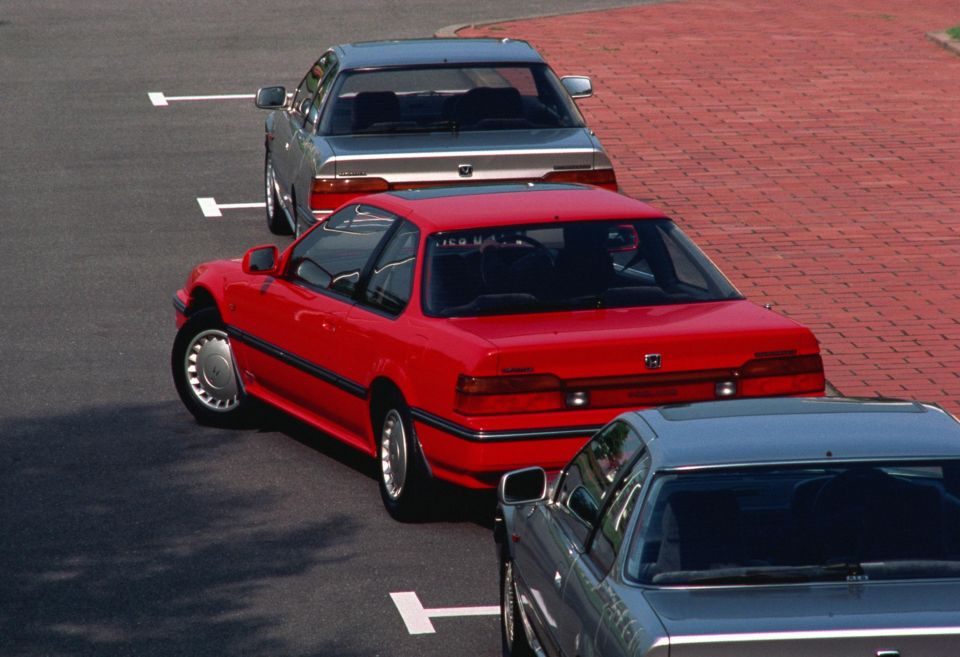
Other cars available with rear-wheel steering systems today include the Mercedes-Benz C-Class, Renault Megane R.S., Lamborghini Urus, Porsche 911, BMW 7-Series (and i7), as well as the Rolls-Royce Ghost.
Note, however, that due to ongoing semiconductor shortages, that not all cars described above can currently be ordered with the feature. For example, the newly launched Mercedes C-Class is temporarily unavailable with rear-axle steering for new orders (some floor stock may have the feature).
In the US, General Motors has used rear-axle steering to develop the ‘Crabwalk’ technology for its new GMC Hummer EV. Per its namesake, this feature allows the car to move diagonally, akin to a crab walking sideways, to help the car exit tight turning spots or overcome various off-road obstacles. The feature works by ensuring that the front and rear wheels turn at the same angle, in parallel.
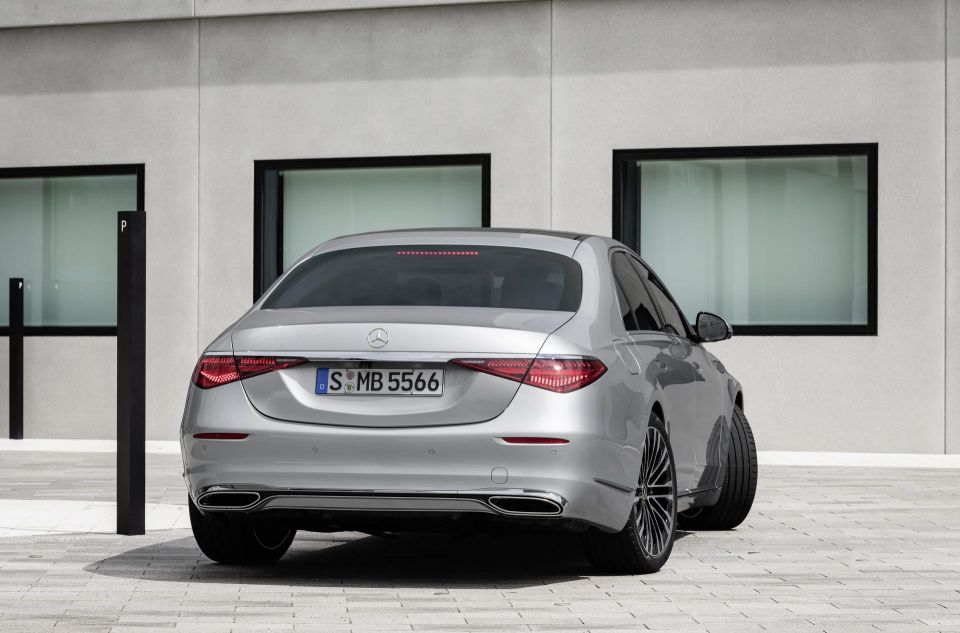
Meanwhile, Rivian has also demonstrated a proof-of-concept ‘Tank Turn’ feature on its prototype R1T pick-up and R1S SUV models. This feature allows the car to rotate around a point, much like a spinning top.
Rivian claims that the feature takes advantage of the vehicles’ quad-motor EV powertrain to drive the front and rear wheels on one side of the vehicle forward, whilst those on the other side are driven backwards, enabling the car to spin. However, there have been numerous safety and reliability issues that have delayed availability of this feature on production versions of these models.


Matt Campbell
4 Hours Ago


Ben Zachariah
20 Hours Ago


Damion Smy
21 Hours Ago
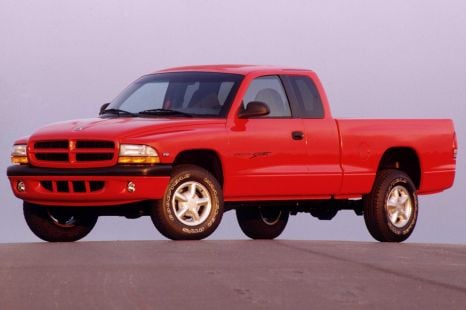

Derek Fung
22 Hours Ago


Ben Zachariah
22 Hours Ago
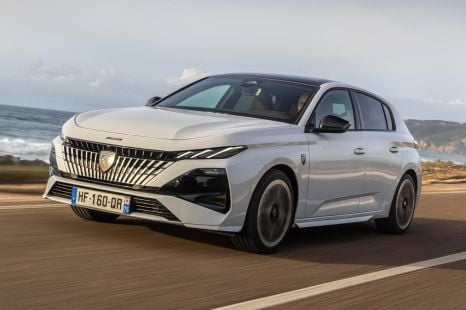

Matt Robinson
1 Day Ago